10 Cool Facts About Jupiter’s Moon, Europa
Jupiter is orbited by one of the largest systems of moons in the solar system. Jupiter is surrounded by a total of 80 individual moons. Many of these moons are likely captured asteroids, and they tend to be rather dull when compared to Jupiter’s four main moons, the Galilean Moons. They are Io, Europa, Ganymede, and Callisto. Europa is one of the most famous moons in our solar system due to the fact that many scientists consider it to be the most promising place to find alien life. Here are ten cool facts about Europa you may not know.
1. Europa Was Discovered By Galileo
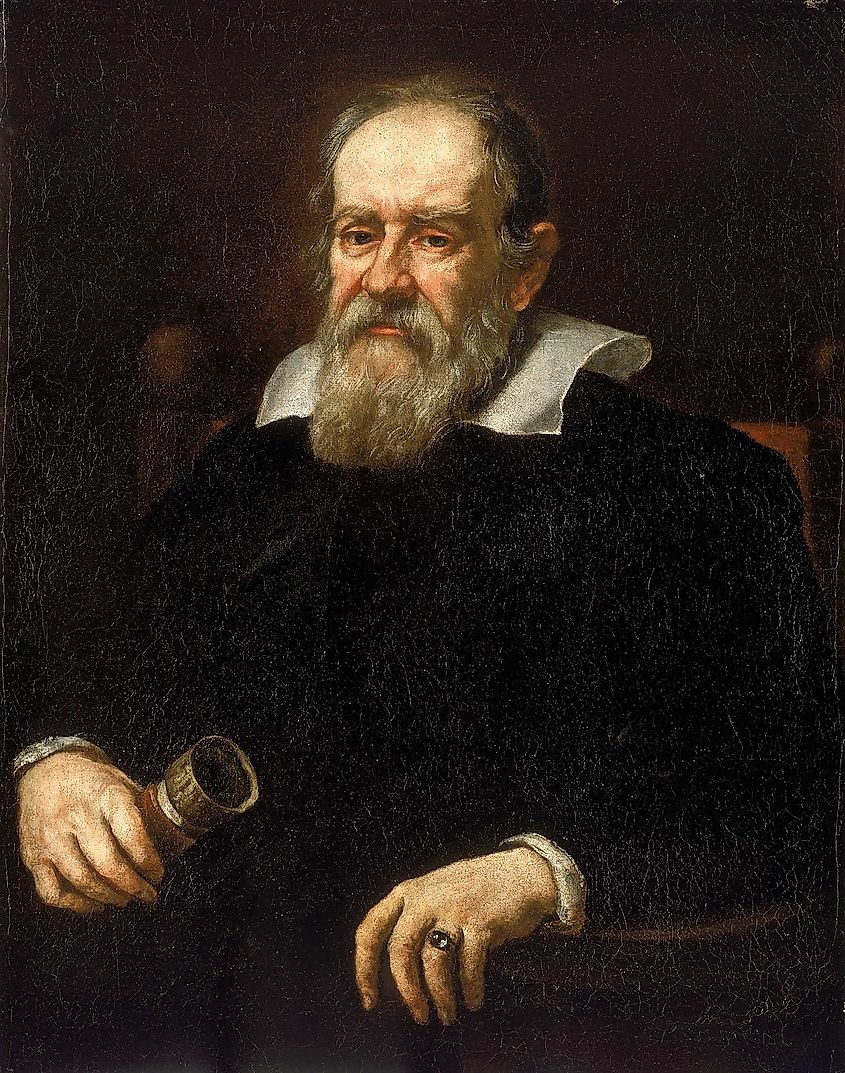
Europa was first observed by the astronomer Galileo Galilei on January 8, 1610. This was one of the first times Galileo pointed his telescope towards Jupiter, and he quickly noticed the presence of four small points of light surrounding the giant planet. At first he assumed they were simply stars in the background, yet further observation revealed that their positions would change rather quickly. Galileo came to the conclusion that these points of light were moons orbiting Jupiter. This discovery represented some of the first observational evidence that not everything orbited the Earth, as was believed at the time.
2. Europa Is One Of The Most Reflective Objects
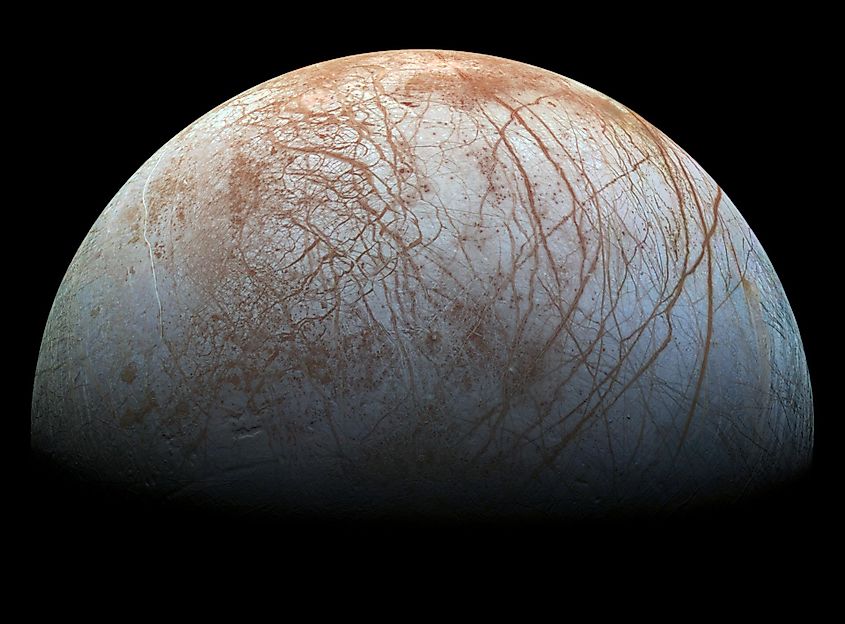
Europa is a moon that is covered in a thick crust of ice. This ice makes Europa very reflective, and the small moon actually reflects most of the sunlight that hits it. In fact, Europa is 5.5 times more reflective than Earth’s moon. Albedo refers to the amount of light an object reflects, and it uses a scale of 0 to 1. If an object has an albedo of 0, it absorbs all the light that touches it, while an albedo of 1 means that it reflects all the light that touches it. Europa has an albedo of 0.64, one of the highest in the solar system.
3. Europa Is Almost The Same Size As The Moon
Europa is the smallest of Jupiter’s four Galilean Moons, yet it is still about 90% the size of Earth’s moon. Europa has a diameter of 1,939-miles (3,121-kilometres), while Earth’s moon has a diameter of 2,159-miles (3,474-kilometres). Earth’s moon is only 220-miles larger than Europa.
4. Europa Has Almost No Large Craters
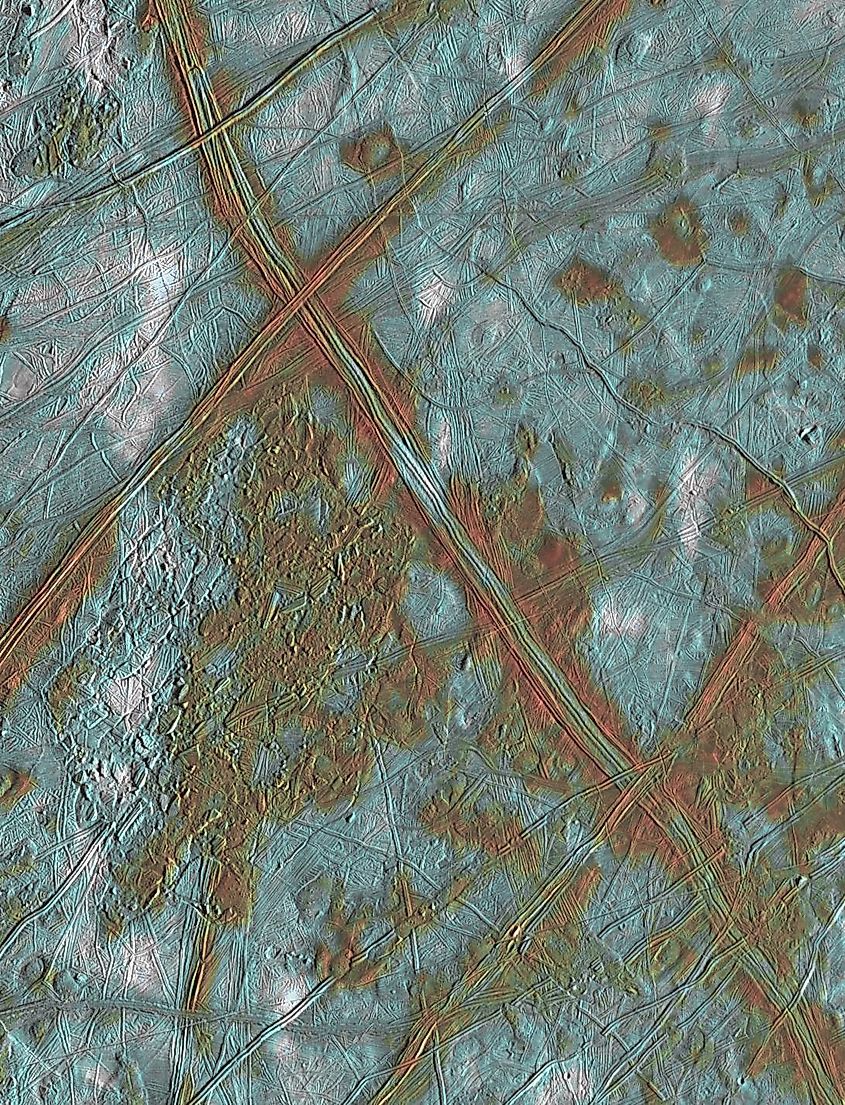
Most moons in our solar system are covered in impact craters. Even Earth’s moon is covered in them. This is generally due to the fact that moons remain unchanged for billions of years due to the lack of any geologic activity that would otherwise reshape the surface. Europa, however, actually possesses a very small number of craters. In fact, Europa only has three known craters larger than three miles across.
5. Europa Is Geologically Active
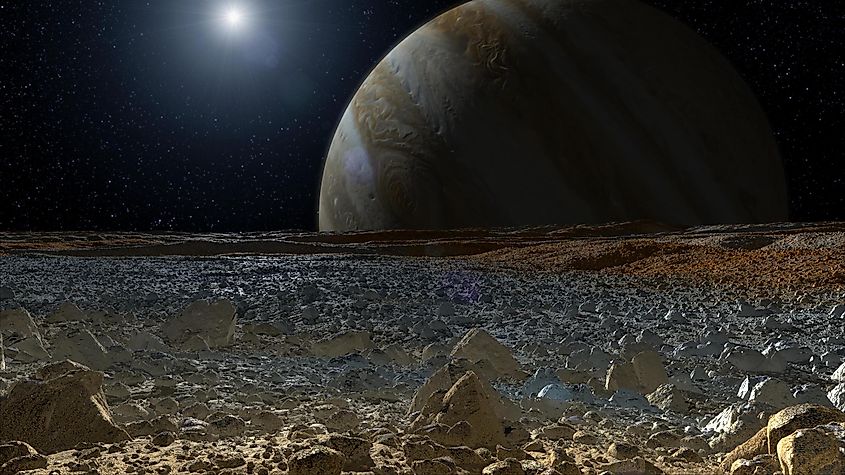
Europa has a lack of craters due to the fact that it is a geologically active world. This means that the interior of Europa is warm enough to supply energy to the small moon, driving geologic activity that reshapes the surface, hence the lack of craters. Most moons are not geologically active, and so this fact makes Europa a rather unique place.
6. Europa Receives Energy From Jupiter
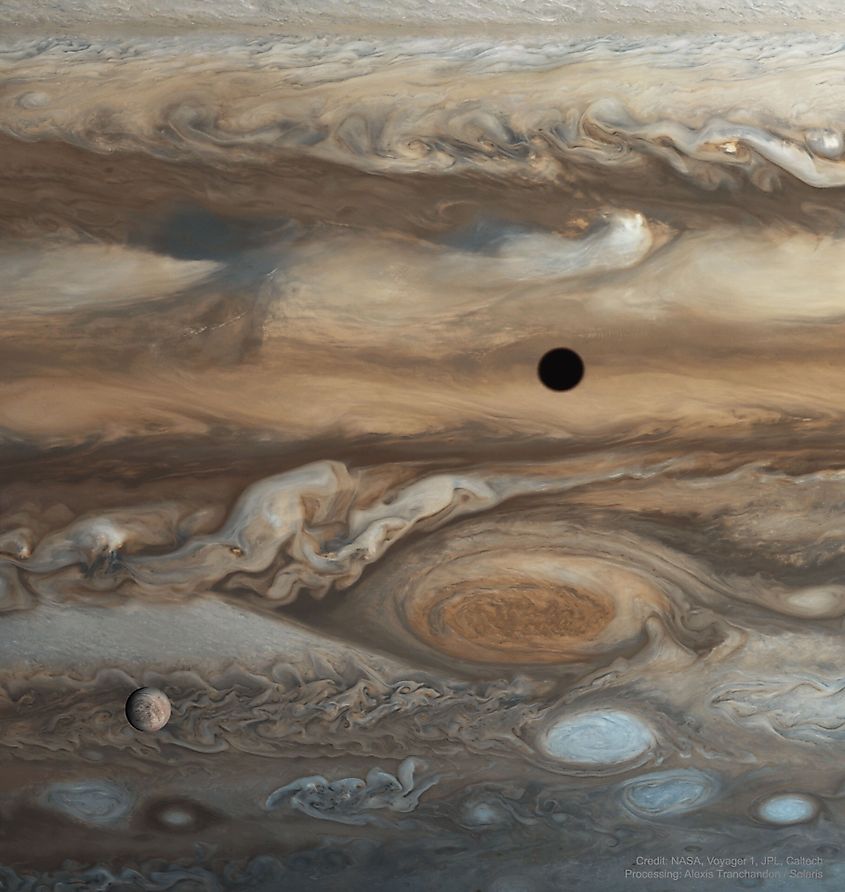
Jupiter and its moons are located so far away from the sun that solar heating is not adequate enough to supply these moons with lots of energy. However, since Europa is geologically active, it must be getting high amounts of energy from somewhere. As it turns out, the gravitational pull of Jupiter supplies Europa with high amounts of energy. As Europa orbits Jupiter, its distance from the gas giant changes over the course of its orbit. Sometimes it's closer, and sometimes it's further away. This also means that the amount of gravity pulling on Europa changes. These changes in gravity actually stretch and compress Europa, generating friction within the core that releases heat.
7. Europa Has An Ocean Of Liquid Water
The internal heat of Europa is sufficient enough to melt subsurface ice, resulting in the formation of a vast subsurface ocean of liquid water. Evidence for this ocean can be seen across the surface of Europa, which is covered in cracks and fissures. As ice melts below the crust, heat travels outwards and breaks surface ice, a process similar to what occurs at the North and South Poles on Earth.
8. Europa Has Water Volcanoes
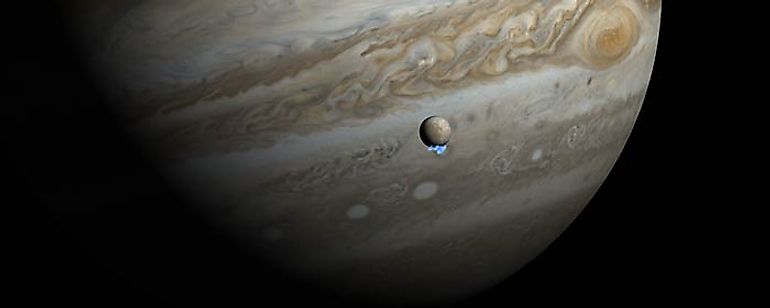
Not only does geologic activity on Europa form a massive ocean, it also causes volcanic eruptions in the form of cryovolcanoes. Rather than spewing magma, cryovolcanoes eject water vapor. Furthermore, the seafloor may also be home to volcanoes.
9. Europa Has More Water Than Earth
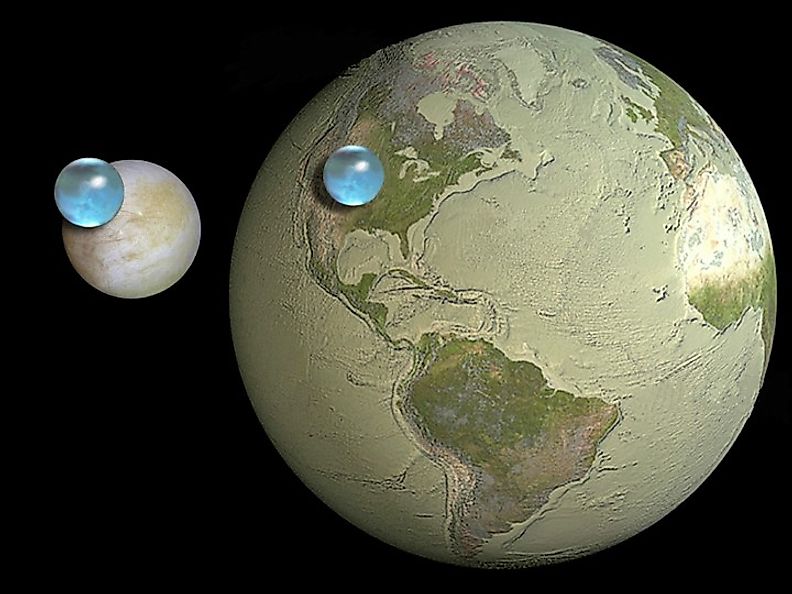
Europa may be tiny compared to Earth, yet scientists estimate that not only is its subsurface ocean larger than any ocean on Earth, it also contains more water than our planet. Europa is only one-fourth the size of Earth, yet it contains twice as much water. We often think of Earth as being the water world of our solar system, yet that title may have to go to Europa.
10. Europa Has All The Ingredients For Life
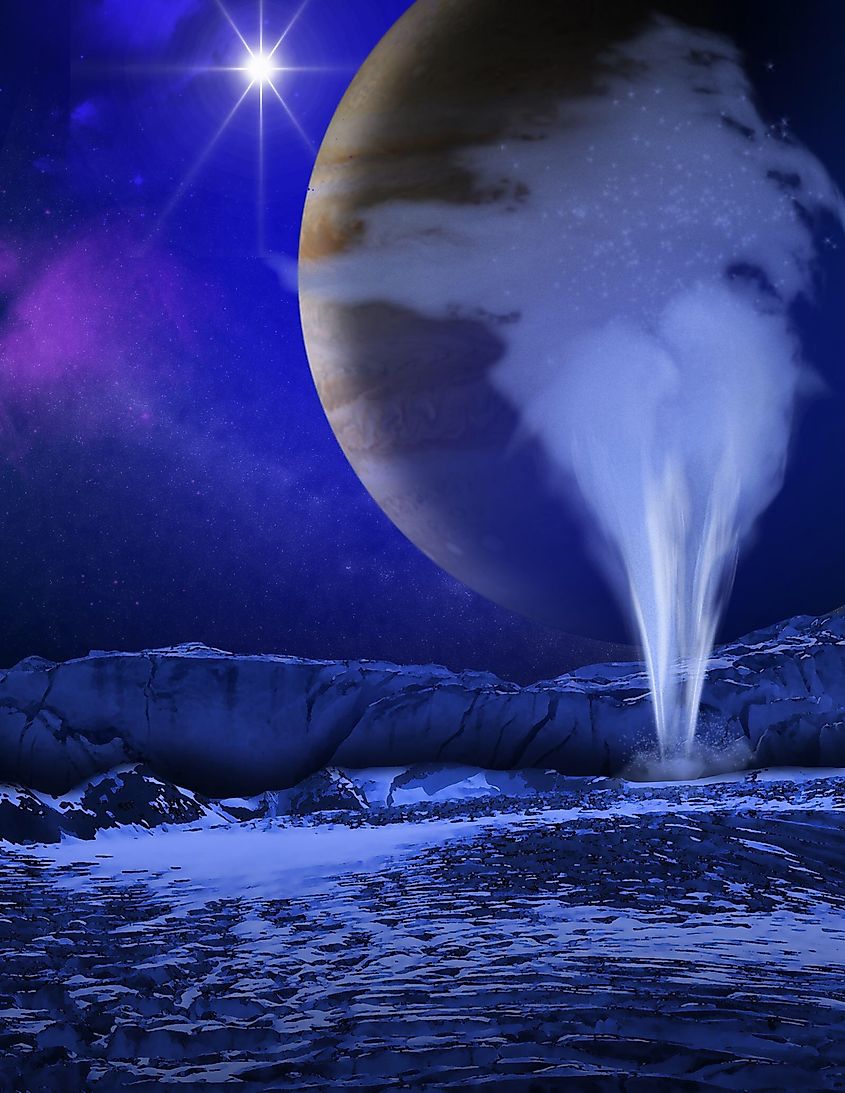
What makes Europa such an exciting world is the fact that it possesses all the known necessary conditions for the existence of biological organisms. In general, life requires three primary conditions: liquid water, an energy source, and organics. Europa contains all three of these conditions, and that is why many scientists consider it the best place to look for life beyond Earth.











